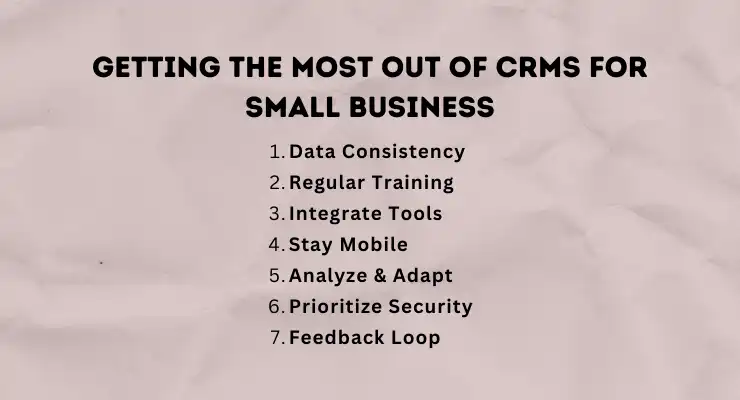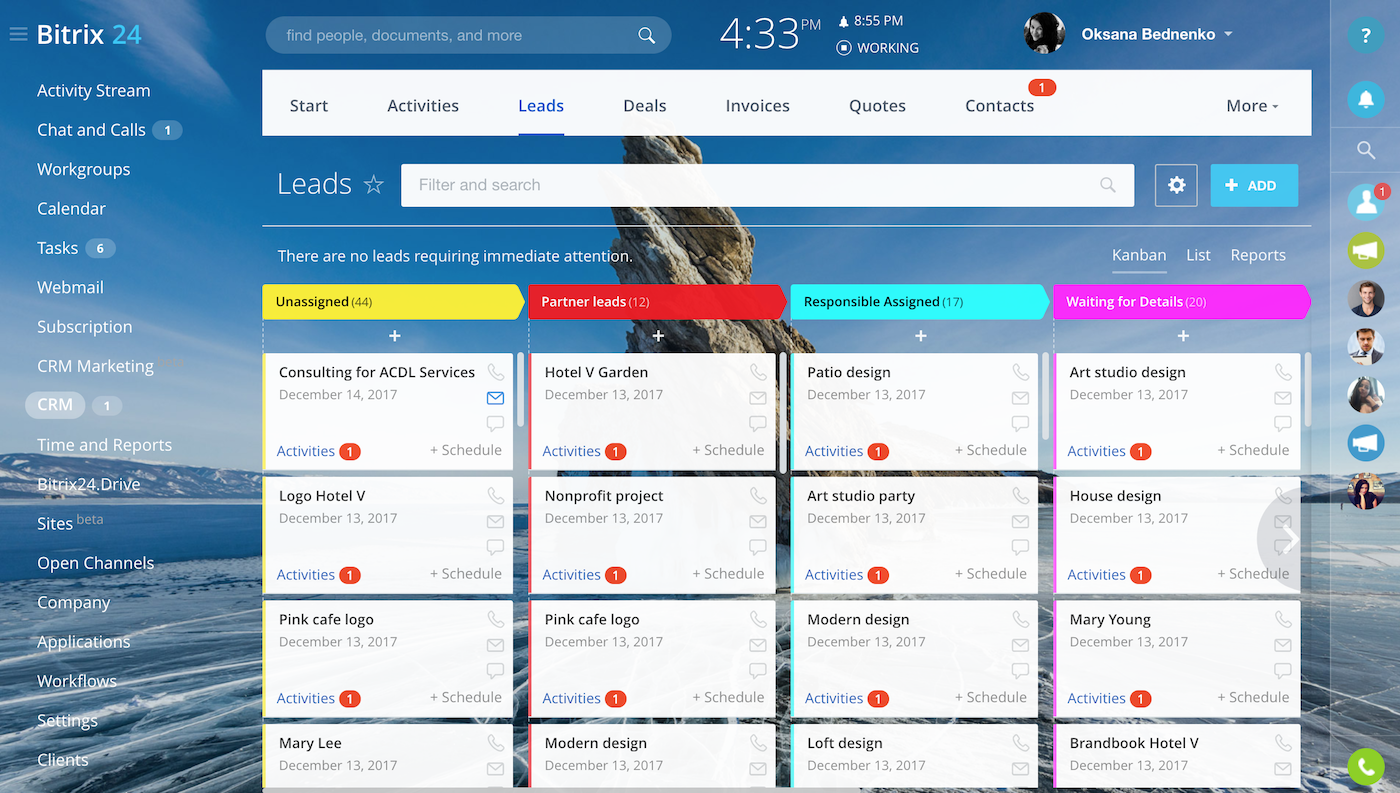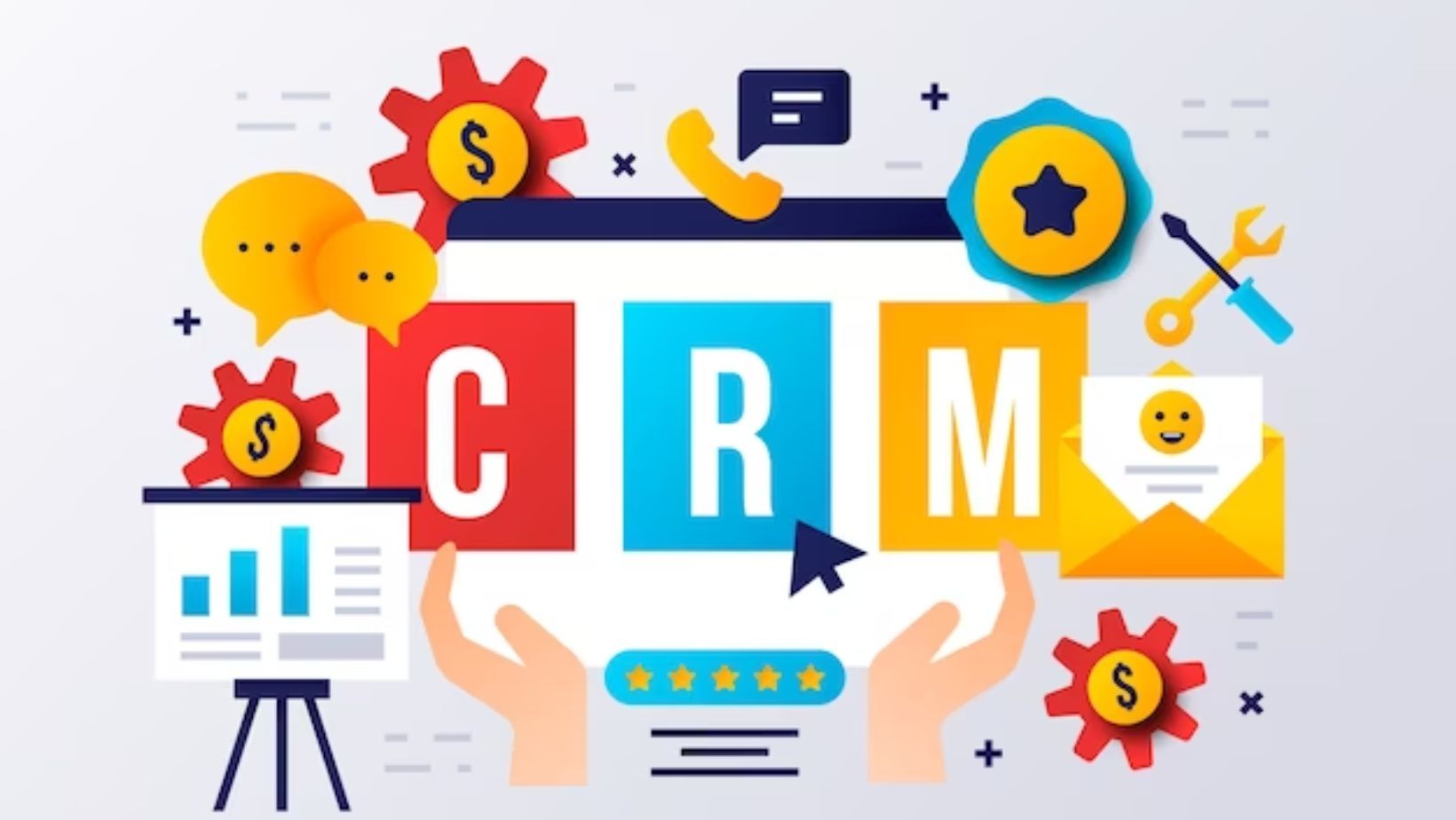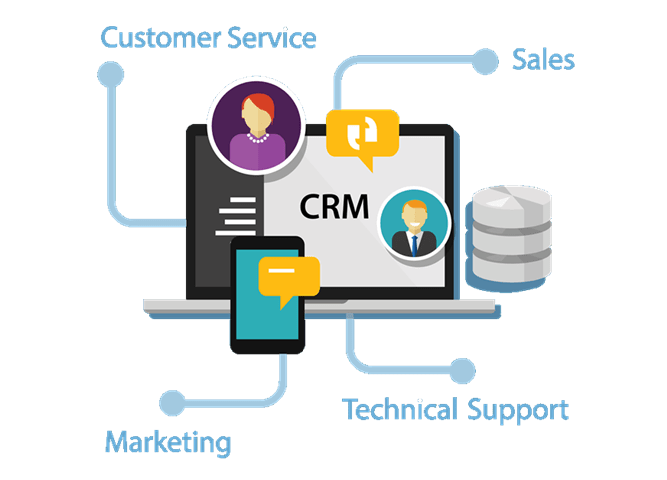
CRM Security for Small Businesses: Protecting Your Data and Ensuring Peace of Mind
Running a small business is a whirlwind of activity. You’re juggling customer relationships, sales, marketing, and a million other things. Amidst all this, security often gets pushed to the back burner. But in today’s digital landscape, overlooking security is a recipe for disaster. This is where a Customer Relationship Management (CRM) system comes in. A CRM is more than just a tool to manage your customers; it’s a central hub for your most valuable asset: data. And safeguarding that data is paramount.
This comprehensive guide delves into the critical aspects of CRM security specifically tailored for small businesses. We’ll explore the threats you face, the benefits of a secure CRM, and the practical steps you can take to protect your data and build a resilient business. Get ready to arm yourself with the knowledge you need to navigate the complexities of CRM security and maintain a thriving, secure enterprise.
The Importance of CRM Security for Small Businesses
Why should a small business, often with limited resources and a lean team, prioritize CRM security? The answer lies in the potential consequences of a data breach. Consider these scenarios:
- Financial Loss: Data breaches can lead to significant financial losses, including fines, legal fees, and the cost of notifying affected customers.
- Reputational Damage: A security breach can shatter your business’s reputation, eroding customer trust and potentially leading to a decline in sales.
- Legal Liabilities: Depending on the nature of the data compromised, you may face legal action and regulatory penalties.
- Operational Disruption: A breach can disrupt your operations, leading to downtime, lost productivity, and potential damage to your infrastructure.
Small businesses are often seen as easy targets by cybercriminals. They may lack the robust security infrastructure of larger corporations, making them more vulnerable to attacks. Furthermore, small businesses often handle sensitive customer data, including personal information, financial details, and purchase history. Protecting this information is not just a matter of compliance; it’s a matter of ethical responsibility.
Understanding the Threats: Common CRM Security Risks
To effectively secure your CRM, you need to understand the threats you face. Here are some of the most common risks:
1. Phishing Attacks
Phishing attacks are a form of social engineering where attackers use deceptive emails, messages, or websites to trick users into revealing sensitive information. In the context of CRM, attackers might impersonate legitimate CRM vendors or colleagues to steal login credentials, access data, or install malware. These attacks are often very sophisticated, making it difficult to distinguish a legitimate email from a malicious one.
2. Malware and Ransomware
Malware (malicious software) can infect your systems through various means, including phishing emails, infected websites, and compromised software. Ransomware is a particularly dangerous type of malware that encrypts your data and demands a ransom payment for its release. A successful malware attack can lead to data loss, system downtime, and significant financial costs.
3. Weak Passwords and Poor Password Management
Weak passwords are a gateway for attackers. If your users have weak passwords or reuse passwords across multiple platforms, it becomes much easier for attackers to gain unauthorized access to your CRM. Inadequate password management practices, such as storing passwords in plain text or failing to enforce strong password policies, exacerbate this risk.
4. Insider Threats
Insider threats come from individuals within your organization who have access to your CRM data. These threats can be intentional (e.g., disgruntled employees) or unintentional (e.g., employees who accidentally share sensitive information or fall victim to phishing attacks). Proper access controls, employee training, and monitoring are crucial to mitigate insider threats.
5. Data Breaches Due to Human Error
Human error is a significant contributor to data breaches. This can include accidentally sending sensitive information to the wrong recipient, misconfiguring security settings, or failing to follow security protocols. Educating your employees about security best practices is essential to minimize the risk of human error.
6. Third-Party Vulnerabilities
If you integrate your CRM with other applications or use third-party plugins, you’re also exposed to the security vulnerabilities of those third parties. It’s crucial to carefully vet third-party vendors and ensure they have adequate security measures in place.
7. Lack of Encryption
Encryption is the process of converting data into an unreadable format to protect it from unauthorized access. If your CRM data is not encrypted, it is vulnerable to interception and theft. Encryption should be implemented for data both in transit (e.g., when data is being transferred over the internet) and at rest (e.g., when data is stored on your servers).
8. Insufficient Access Controls
Without proper access controls, all users in your organization may have access to all the data in your CRM, including sensitive information. This can be a problem if an employee has access to data they shouldn’t have. Access controls limit which employees can see or modify specific data within the CRM system. Proper access controls are key to protecting sensitive data.
Building a Secure CRM Environment: Best Practices
Implementing robust security measures is crucial to protect your CRM and your business. Here’s a breakdown of best practices:
1. Choose a Secure CRM Provider
The foundation of your CRM security is the provider you choose. Look for a provider that:
- Offers robust security features: This includes encryption, multi-factor authentication (MFA), regular security audits, and compliance with industry standards (e.g., GDPR, HIPAA, etc.).
- Has a strong reputation: Research the provider’s security track record and read reviews to assess their commitment to security.
- Provides regular security updates: The provider should proactively address security vulnerabilities and release patches to protect your data.
- Offers comprehensive security training: Some providers offer security training to their customers, which can help improve security awareness.
2. Implement Strong Password Policies and Password Management
Strong passwords are the first line of defense. Enforce the following policies:
- Require strong passwords: Passwords should be at least 12 characters long and include a mix of uppercase and lowercase letters, numbers, and symbols.
- Prohibit password reuse: Users should not reuse passwords across different accounts.
- Enforce password changes: Regularly require users to change their passwords (e.g., every 90 days).
- Use a password manager: Encourage employees to use a password manager to securely store and manage their passwords.
3. Enable Multi-Factor Authentication (MFA)
MFA adds an extra layer of security by requiring users to verify their identity using a second factor, such as a code sent to their phone or a biometric scan. This significantly reduces the risk of unauthorized access, even if an attacker obtains a user’s password.
4. Control User Access and Permissions
Implement the principle of least privilege, granting users only the access they need to perform their job duties. Regularly review user access and remove access for former employees or users who no longer require it. Utilize role-based access control (RBAC) to streamline access management and ensure consistency.
5. Encrypt Your Data
Encryption protects your data from unauthorized access, both in transit and at rest. Ensure that your CRM provider offers encryption for data stored on their servers and that data transmitted over the internet is encrypted using HTTPS. Consider encrypting sensitive data fields within your CRM to provide an extra layer of protection.
6. Regularly Back Up Your Data
Backups are essential for data recovery in case of a security breach, data loss, or system failure. Implement a regular backup schedule and store backups in a secure location, separate from your primary CRM system. Test your backups regularly to ensure they can be restored successfully.
7. Implement Security Awareness Training
Educate your employees about security threats and best practices. Provide regular training on topics such as phishing, social engineering, password security, and data privacy. Conduct simulated phishing exercises to test your employees’ awareness and identify areas for improvement.
8. Monitor Your CRM Activity
Regularly monitor your CRM activity for suspicious behavior, such as unusual login attempts, unauthorized data access, or suspicious data modifications. Use security logs and audit trails to track user activity and identify potential security incidents. Consider using a security information and event management (SIEM) system to centralize your security monitoring.
9. Keep Your Software Up to Date
Software updates often include security patches that fix vulnerabilities. Regularly update your CRM software, operating systems, and other software to ensure you have the latest security protections. Enable automatic updates whenever possible.
10. Conduct Regular Security Audits and Penetration Testing
Conduct regular security audits to assess your security posture and identify vulnerabilities. Consider hiring a third-party security expert to conduct penetration testing, which simulates real-world attacks to identify weaknesses in your security defenses. These audits and tests help you identify and address security vulnerabilities before they can be exploited by attackers.
11. Develop an Incident Response Plan
Prepare for the inevitable. Develop an incident response plan that outlines the steps you will take in the event of a security breach. This plan should include procedures for identifying, containing, eradicating, and recovering from a security incident. Regularly test your incident response plan to ensure its effectiveness.
12. Secure Integrations
When integrating your CRM with other applications, be sure to vet the security of these integrations. Ensure that the integration uses secure protocols and that the third-party applications adhere to your security standards. Review the permissions granted to these integrations to ensure they have only the necessary access.
13. Comply with Relevant Regulations
Depending on your industry and the types of data you handle, you may be subject to regulations such as GDPR, CCPA, or HIPAA. Ensure that your CRM practices comply with all relevant regulations. Consult with a legal professional to ensure compliance.
Choosing the Right CRM for Security
Not all CRMs are created equal when it comes to security. When selecting a CRM, prioritize the following security features:
- Data Encryption: Look for a CRM that encrypts data both in transit and at rest.
- Multi-Factor Authentication (MFA): MFA adds an extra layer of security to prevent unauthorized access.
- Role-Based Access Control (RBAC): RBAC enables you to control user access based on their roles within your organization.
- Audit Logs: Audit logs track user activity, helping you identify and investigate security incidents.
- Regular Security Updates: The CRM provider should regularly release security updates to address vulnerabilities.
- Compliance Certifications: Look for certifications such as SOC 2 or ISO 27001, which indicate that the provider has undergone independent security audits.
- Data Residency Options: Consider where the CRM provider stores your data. Some providers offer data residency options that allow you to choose the geographic location of your data storage.
Continuous Improvement: Maintaining CRM Security Over Time
Security is not a one-time project; it’s an ongoing process. To maintain a secure CRM environment, you need to continuously monitor, assess, and improve your security posture. Here’s how:
- Regular Security Audits: Conduct regular security audits to identify vulnerabilities and assess the effectiveness of your security measures.
- Penetration Testing: Engage in penetration testing to simulate real-world attacks and identify weaknesses in your security defenses.
- Vulnerability Scanning: Utilize vulnerability scanning tools to identify and prioritize security vulnerabilities.
- Security Training: Provide ongoing security training to your employees to keep them informed about the latest threats and best practices.
- Stay Up-to-Date: Stay informed about the latest security threats and best practices. Subscribe to security blogs, newsletters, and industry publications.
- Review and Update Policies: Regularly review and update your security policies and procedures to ensure they remain relevant and effective.
Conclusion: Protecting Your Business Through CRM Security
In the dynamic world of small business, data is king. A secure CRM system is not just a luxury; it’s a necessity. By understanding the threats, implementing best practices, and prioritizing continuous improvement, you can protect your valuable data, safeguard your business’s reputation, and build a foundation for long-term success. Don’t wait for a breach to happen; take proactive steps today to secure your CRM and ensure peace of mind for your business.
Embrace the principles of security awareness, strong passwords, multi-factor authentication, access controls, and regular monitoring. Choose a CRM provider that prioritizes security and offers the features you need to protect your data. By making CRM security a priority, you’re not just protecting your data; you’re investing in the future of your business. Start today, and build a more secure and resilient small business.


